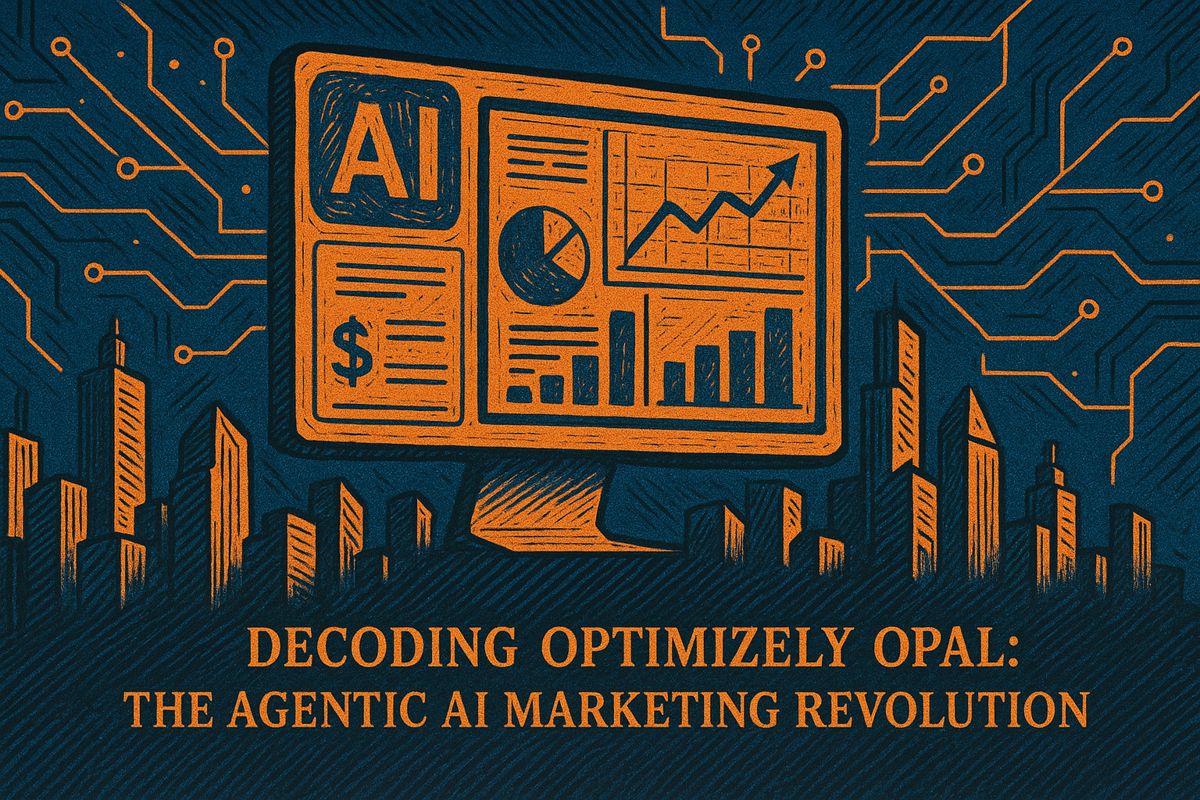Prompt injection attacks are a major weakness for large language models (LLMs), putting businesses at serious risk. A new security tool helps teams find and fix these vulnerabilities before attackers strike, using easy step-by-step tests. With new rules in place, like the EU AI Act, checking for prompt injection is now required for high-risk AI systems. This tool makes testing faster and helps teams catch problems in minutes instead of days. Companies that use it not only stay safer but also save time and effort fixing issues.
What is the most effective way to protect large language models from prompt injection attacks?
The most effective way to secure large language models against prompt injection is to use specialized penetration testing tools that focus exclusively on prompt injection vectors. These tools offer guided workflows, test both runtime and static prompts, and are now required by regulations like the EU AI Act and OWASP Top 10 for LLMs.
Large language models have become the backbone of enterprise AI stacks, yet prompt injection attacks remain their single most common and dangerous weakness. A new penetration testing platform released this week aims to close that gap by giving security teams a step-by-step playbook for probing chatbots, copilots, and other LLM services before attackers do.
What the tool does
- Laser-focussed scope: Only tests prompt injection vectors, making scans faster and reports clearer than general-purpose scanners.
- Guided workflows: Each simulated attack is accompanied by exact payloads, expected behaviour, and remediation hints, so teams without deep AI expertise can still run rigorous tests.
- Runtime & static coverage: It fires adversarial prompts against live endpoints *and * inspects system prompts offline, catching both direct and indirect injection paths.
Why prompt injection still tops the risk charts
Recent industry data puts the threat in context:
| Statistic | Source | Year |
|---|---|---|
| Prompt injection is OWASP’s #1 risk for LLM applications | OWASP Top 10 for LLM Apps | 2025 |
| Over 95 % of U.S. enterprises now run LLMs in production, driving record demand for AI-specific security tools | AccuKnox AI-SPM report | 2025 |
| Average cost of a single LLM-based data breach: $4.2 million | IBM Cost of a Data Breach Report | 2024 |
How it fits the wider AI-security toolkit
The release adds a specialised layer to an already crowded field. Below is a quick snap-shot of where it sits among the best-known platforms:
| Tool | Primary focus | Open source | Ideal use case |
|---|---|---|---|
| New prompt injection tester | Prompt injection only | No | Fast, guided validation of chatbots & copilots |
| Garak | Broad LLM vulnerability scanning | Yes | Customisable red teaming pipelines |
| Mindgard | Adversarial testing for multi-modal models | No | Deep runtime security for image, audio & text LLMs |
| Pentera | Enterprise-wide automated pentesting | No | Large-scale infrastructure coverage |
From optional to mandatory
Regulation is catching up: the EU AI Act (in force since February 2025) and the updated OWASP Top 10 for LLMs both treat prompt injection testing as a required control for high-risk systems. Auditors are already asking for evidence of continuous assessments, not one-off scans.
Getting started checklist
Security teams rolling out the new tool can follow a condensed five-step cycle:
- Map LLM touchpoints – APIs, plug-ins, third-party agents.
- Baseline system prompts – export and version-control every instruction set.
- Run guided injection test – use tool’s built-in payloads first, then custom adversarial inputs.
- Validate mitigations – confirm content filters, rate limits, and permission models actually block attacks.
- Schedule regression tests – tie scans to CI/CD gates and quarterly compliance reviews.
Early adopters report that embedding the tool into existing DevSecOps pipelines cuts mean time-to-detect prompt injection incidents from days to under 15 minutes, while shrinking remediation effort by roughly 40 %.
With regulators watching and attackers innovating, treating prompt injection as a deployment blocker rather than a post-release bug is quickly becoming the new enterprise norm.
What is the new penetration testing tool, and why is it urgent for enterprise AI teams?
A specialized penetration testing tool made for large-language-model prompt injection has just landed. It gives security teams step-by-step playbooks to find, test and fix prompt-injection holes before attackers do. Because prompt injection remains one of the most common attack vectors against production LLMs, treating this as a routine pentest item is now a 2025 security best practice.
How does the tool find prompt-injection flaws?
The platform automates three core steps:
- Asset discovery – maps every LLM endpoint (chatbots, API agents, internal copilots).
- Adversarial simulation – launches context-aware prompt injections (jailbreaks, filter bypasses, data-exfil attempts) using an AI-driven attack library.
- Risk scoring & remediation hints – ranks each finding by business impact and shows exact patches, e.g., input-validation snippets or system-prompt rewrites.
This repeatable cycle replaces ad-hoc testing with continuous red teaming that adapts as models evolve.
What benefits can CISOs expect once the tool is in place?
- 96 % faster detection: Early adopters reported moving from weeks of manual trial-and-error to overnight scans.
- 45 % drop in false positives: AI triage weeds out noise so engineers fix what matters.
- Compliance readiness: Meets the OWASP Top 10 for LLMs (Prompt Injection is Risk #1) and emerging EU AI Act test requirements.
Security leaders also gain a single dashboard that merges LLM pentest results with traditional SIEM/SOAR feeds, making AI risk just another line item in enterprise risk reports.
Is prompt-injection testing now a regulatory requirement?
Yes. As of August 2025:
- EU AI Act and US National Security Memorandum both mandate regular risk assessments for high-impact AI systems, and prompt injection is explicitly called out.
- ISO 27001 and SOC 2 annexes updated in Q2 2025 require documented LLM security assessments, including prompt-injection tests, for audited enterprises.
- Industry groups expect prompt-injection testing to become part of standard model-governance playbooks the same way SQL injection tests are for web apps.
How can teams get started without delaying production rollouts?
- Pick a low-risk pilot – choose an internal chatbot or documentation assistant.
- Run the tool in parallel – configure it in read-only mode first to baseline risk without service disruption.
- Embed into CI/CD – add a 5-minute scan gate so every model update gets tested automatically.
- Iterate quarterly – use the built-in playbook to expand coverage to customer-facing agents as confidence grows.
By treating prompt injection like any other vulnerability class, enterprises can unlock AI innovation without gambling on security.



















